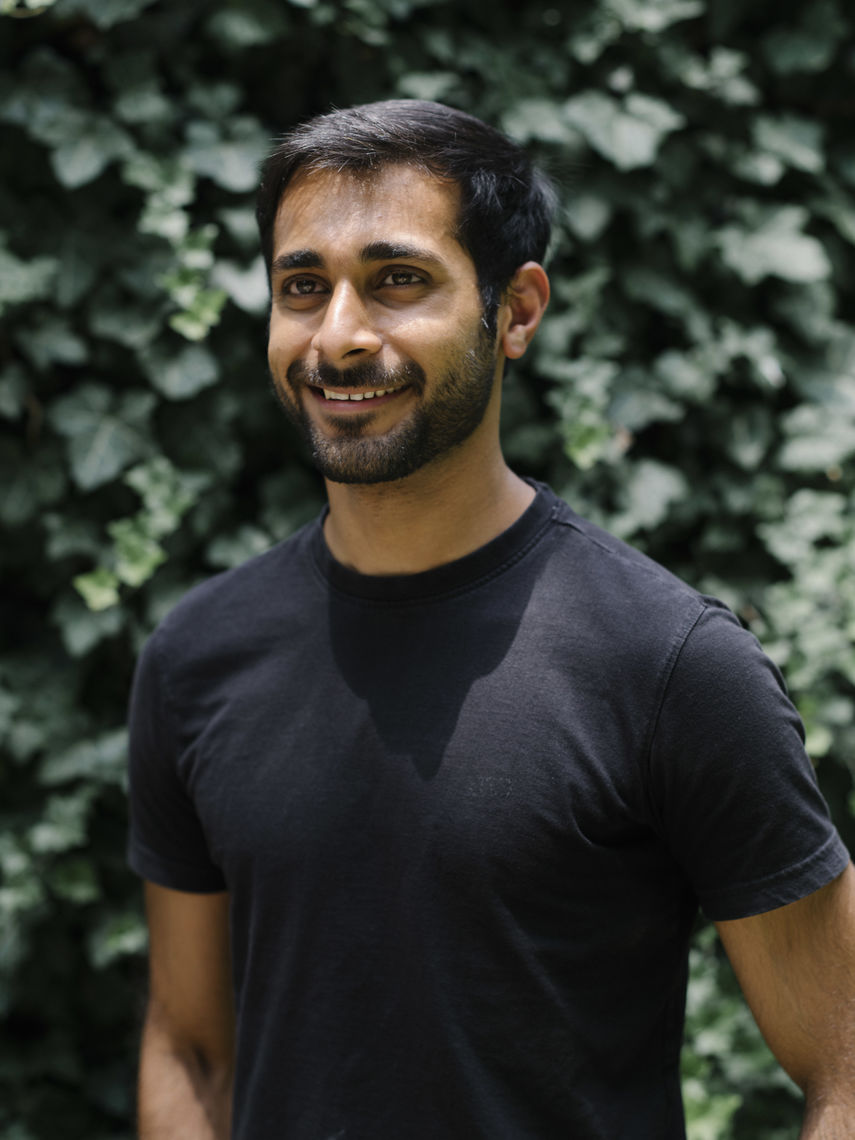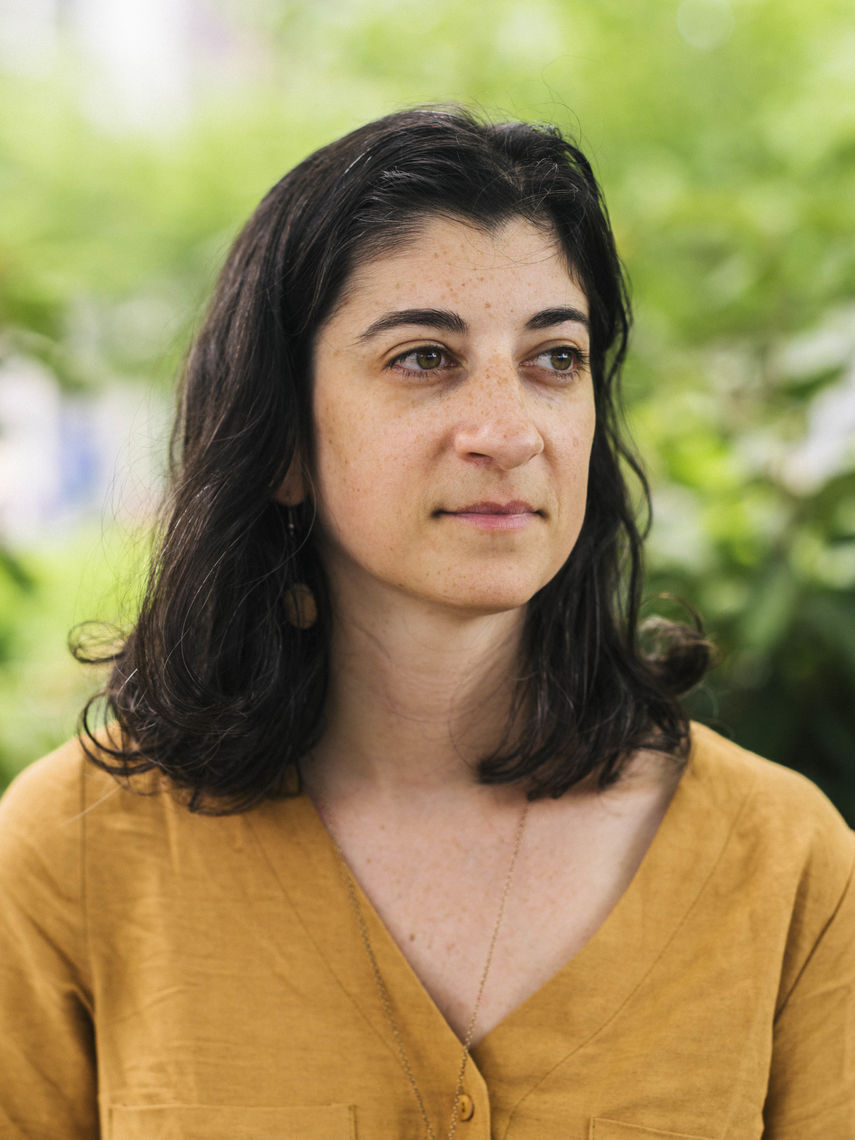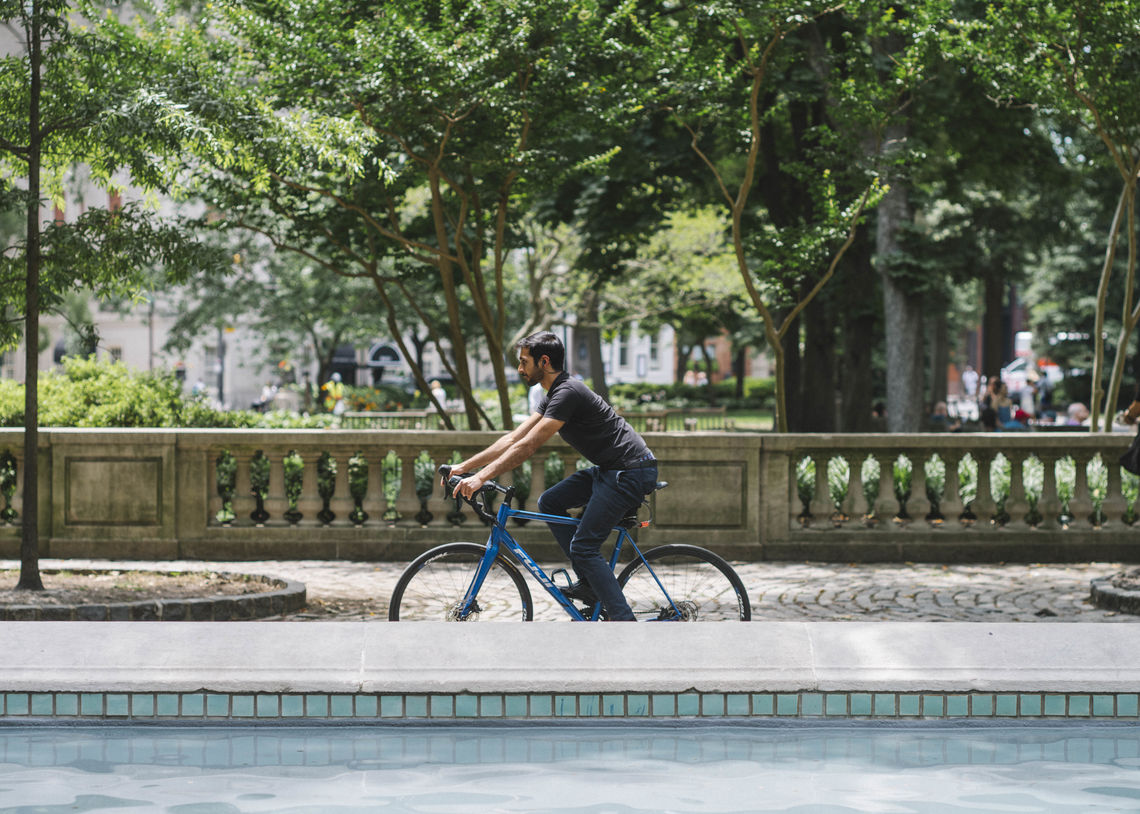Meet Amelia and Suvir, an architect and a designer from our Philadelphia office. Learn how they stay on top of current design trends, what sparks their creativity, and the projects they’ve dreamed of working on.

Suvir Hira

Amelia Einbender-Leiber
What is your creative process?
Amelia: My creative process usually begins with listening, observing, and gathering as much information as possible. Every new project is a design problem waiting to be solved and it is through the synthesis of information that ideas begin to emerge and forms take shape.
Suvir: I think a major part of creativity comes from the limbic brain, the part responsible for our feelings and emotions. While it may not be the ‘logical’ part of us, it is where we get our gut feelings. So, when it comes to the process, I believe that it’s a combination of active engagement (such as sketching) and disengagement (which I refer to as ‘passive engagement’). Running and swimming are my favorite forms of passive engagement, and it’s incredible how one returns to one’s sketch with a whole new perspective!
How do you stay on top of current design trends?
A: I follow lots of design and architecture related people and business on Instagram—I find that is a great mixing bowl of design trends and ideas. I often get inspired flipping through images over my morning coffee.
S: I enjoy what non-architects have to say about the world of design. Hearing their visions and their endless complaints fuels my excitement. When a new topic catches my eye, my first research base tends to be an online course to get an understanding of the overall depth. And the best part is that someone else is doing all the work, all I need to do is follow along!
What is a project that you've always wanted to work on?
A: I am working on exactly what I am interested in and want to be working on—schools and spaces for teaching and learning.
S: Growing up in an overpopulated city with limited resources, I found human circulation to be the most challenging part of one’s day. The choices were luxury airconditioned cars with traffic snarls, overcrowded trains, or a marathon of a walk. Clearly, I enjoyed the latter two, but I wish that could be done without having to carry an extra pair of clothes and deodorant on me at all times. Projects involving transit and pedestrian circulation mean a lot to me. Thermal comfort and resource conservation is where my heart lies, so even a small project that is geared towards energy efficiency brings me immense happiness.
What three words would you use to describe your role?
A: Designer, advocate, educator. My focus is on designing spaces for teaching and learning. There is a strong connection between student achievement and the built environment, so by advocating for good design I often feel that I am playing an important role in the education of students.
S: Midfielder. Being a Bayern München fan, I consider Schweinsteiger the Architect of football (American soccer). He must constantly defend his goalie (architectural blueprints) and make the game happen, passing on the ball to his forwards (contractors).
Cyclist. The architecture being the destination and the bicycle given to us at source, it is the architect makes the project delivery possible, analyzing the path of travel and driving the design to its destination.
Philosopher. Once a designer, always a designer. We enjoy overthinking and love to question the status quo.
What advice would you give someone just starting out in the architecture field?
A: Find an advisor/mentor who you connect with, observe what they do, and ask lots of questions.
S: My favorites are “there’s no such thing as a silly question” and “there’s no right or wrong in architecture.” Those two phrases, first mentioned to me by my freshman design professor, continue to have a significant impact on my actions and are perhaps the primary reasons that got me to see the diversity and openness in this profession.
BONUS QUESTION
What is your favorite shape and why?
A: Rectangle. Because it is very orderly, but not as rigid as a square.
S: I believe circles are the greatest shapes, they are so easy to calculate. All we need to know are their center points (h,k) and radii (r). Every other shape depends upon lines, which require slopes in coordinate geometry and can get very complex very fast. The simple geometry of a circle has created wonders on a large scale. Imagine a world without the wheel!
